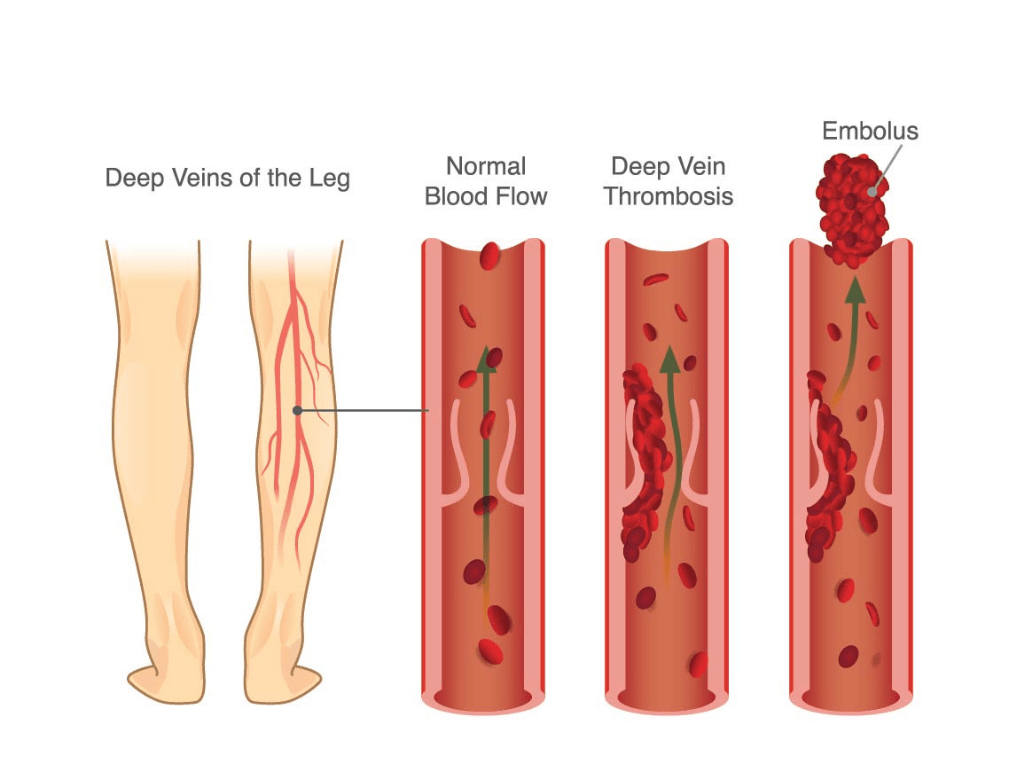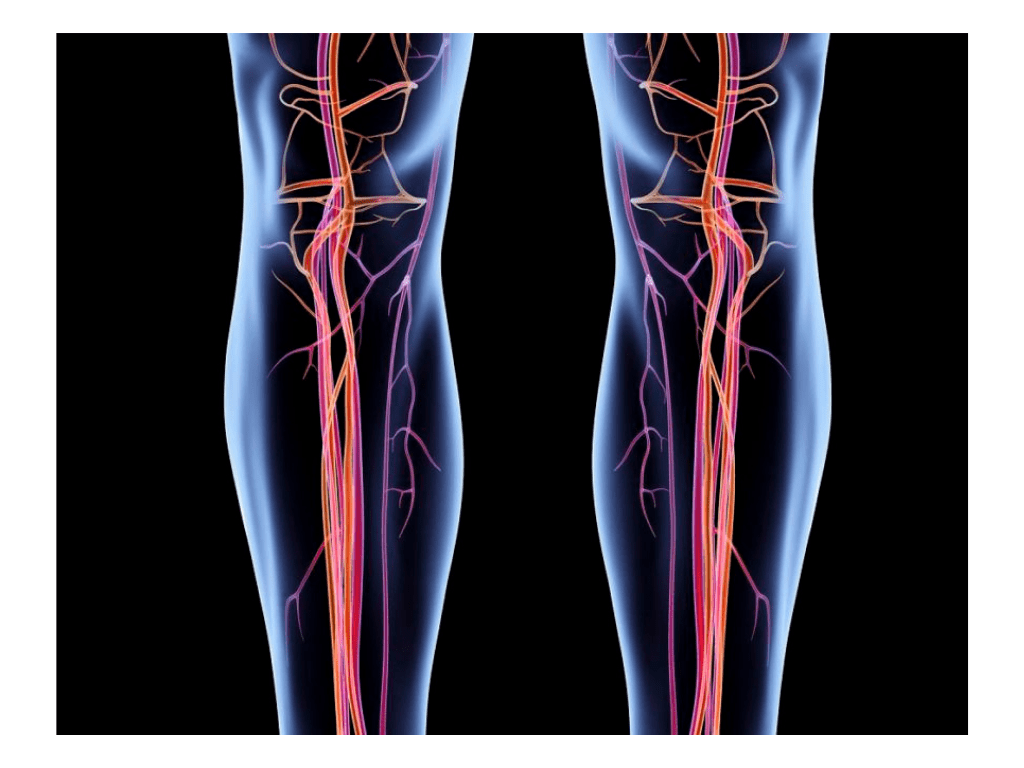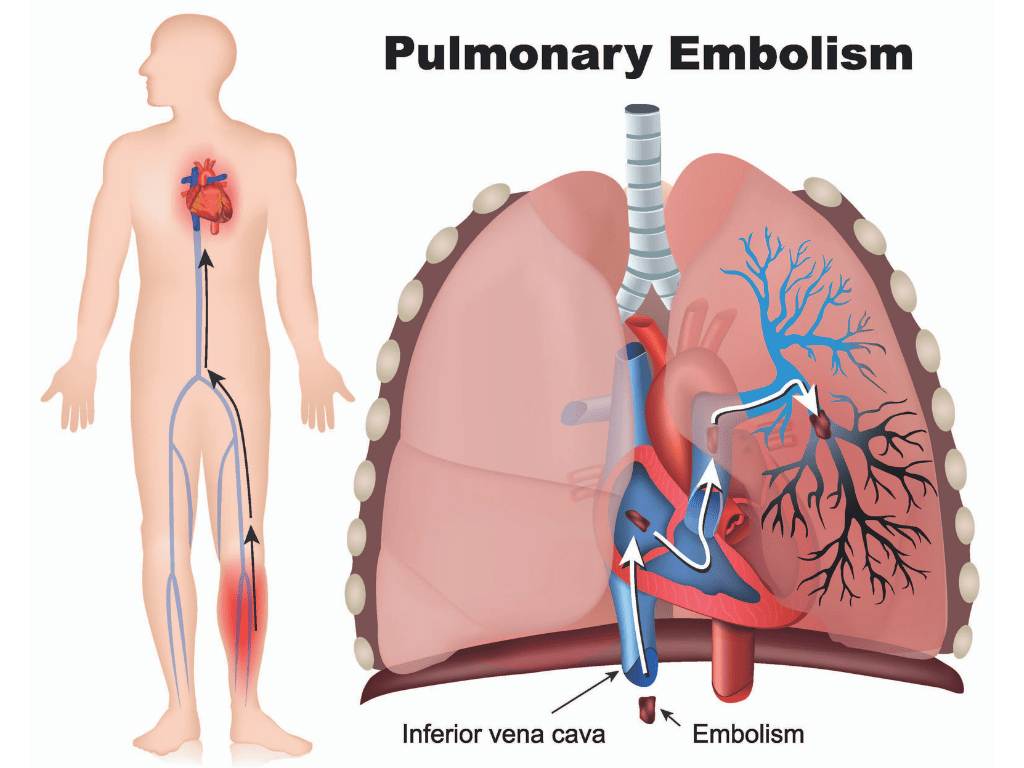MY VASCULAR HEALTH
Education
Our Mission: To promote vascular health education and awareness in our communities.

Aortic Aneurysm
An aneurysm is a progressive weakening and ballooning of a section of the blood vessel wall, and when the blood vessel grows to greater than 1.5 times its normal size, it is called an aneurysm. If undiagnosed and untreated, an aneurysm can rupture, resulting in catastrophic internal bleeding and death.
Aortic Dissection
Aortic dissections are one of the most catastrophic and life-threatening events affecting the aorta; this condition brings tens of thousands of Americans to the emergency room each year. In the vast majority of cases, uncontrolled hypertension causes a tear in the aortic wall.
Carotid Artery Disease
The internal carotid artery branch supplies blood flow to the part of the brain which controls speech, personality, thinking, sensory (what you feel), and motor function (your movements). A disease-free carotid artery is smooth which allows blood to flow through it freely.
Deep Vein Thrombosis (DVT)
Deep vein thrombosis (DVT) is a blood clot in one of the deep veins. It usually occurs in the pelvis region, thigh, or calf. A DVT can also occur in the chest or arms but is less common.
Mesenteric Arterial Disease
The mesenteric arteries supply oxygen-rich blood to the large and small intestine. When there is a narrowing or blockage of blood flow to the intestines, the intestine may die. If left untreated, mesenteric disease will lead to death. That is why you should seek treatment immediately.
Peripheral Arterial Disease (PAD)
Peripheral Arterial Disease, also called PAD, is a disease of the arteries where the blood flow is diminished or blocked due to a narrowing called atherosclerosis. This is caused by the development of plaque or fatty deposits that narrow the arterial lumen.
Pulmonary Embolism (PE)
A dangerous complication of Deep Vein Thrombosis (DVT) is a pulmonary embolism (PE). This occurs when a blood clot breaks free from the deep vein and travels through the bloodstream blocking blood flow to the lungs. A large pulmonary embolism can be fatal.
Raynaud’s Syndrome
Raynaud’s syndrome is a condition that affects nearly 5-10% of Americans that live in cold climates. Raynaud’s syndrome likely results from hyperactivity of our sympathetic nervous system that when triggered results in vasospasm of small blood vessels in our extremities, hands, and feet.
Renal Failure and Dialysis Access
The renovascular system is made up of renal arteries and veins which supply blood flow to the kidney. The kidney rids the body of waste. When renal failure, or kidney failure, occurs, there will be a buildup of toxins in the body.
Thoracic Outlet Syndrome (TOS)
The small space in the upper chest and shoulder between the collarbone and the first rib is called the thoracic outlet area. There are muscles, nerves, and blood vessels in this region which lead down the arm to the hand. In some people, the space is narrowed which puts pressure on the nerves or blood vessels.
Varicose Veins & Leg Swelling
Varicose veins are the swollen blue, twisted, bulging veins that are seen through the skin. They can cause pain, redness, sores, heaviness, or fatigue of the legs. While men do experience varicose veins, the condition is more common among women.
Your Vascular System
What is the vascular System?
The vascular system is made up of blood vessels know as arteries and veins. Arteries carry blood from the heart to all organs and tissue in the body. Veins return blood back to the heart and lungs.
The vascular system is vital for sustaining life and maintaining good health since it transports all necessary oxygen, nutrients, hormones, cells of the immune system, platelets, clotting factors, etc.
What is Vascular Disease?
Vascular disease is a condition that affects the vascular system in the body. Arteries are affected differently than veins.
Vascular disease affects arteries by either plaque formation (also known as atherosclerosis), which narrows the arteries and diminishes the blood flow, or by aneurysmal degeneration which causes arterial dilatation and is prone to rupture.
Unlike arteries, veins contain check valves which allows one-directional blood to flow against gravity back to the heart. Damage to the valves can lead to significant leg swelling and varicose veins and damage to the inner lining of the veins can lead to clot formation, also known as DVT (deep vein thrombosis).
Stay Connected











